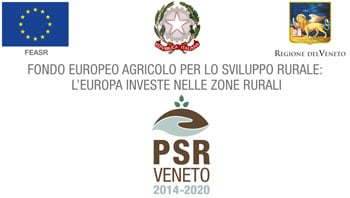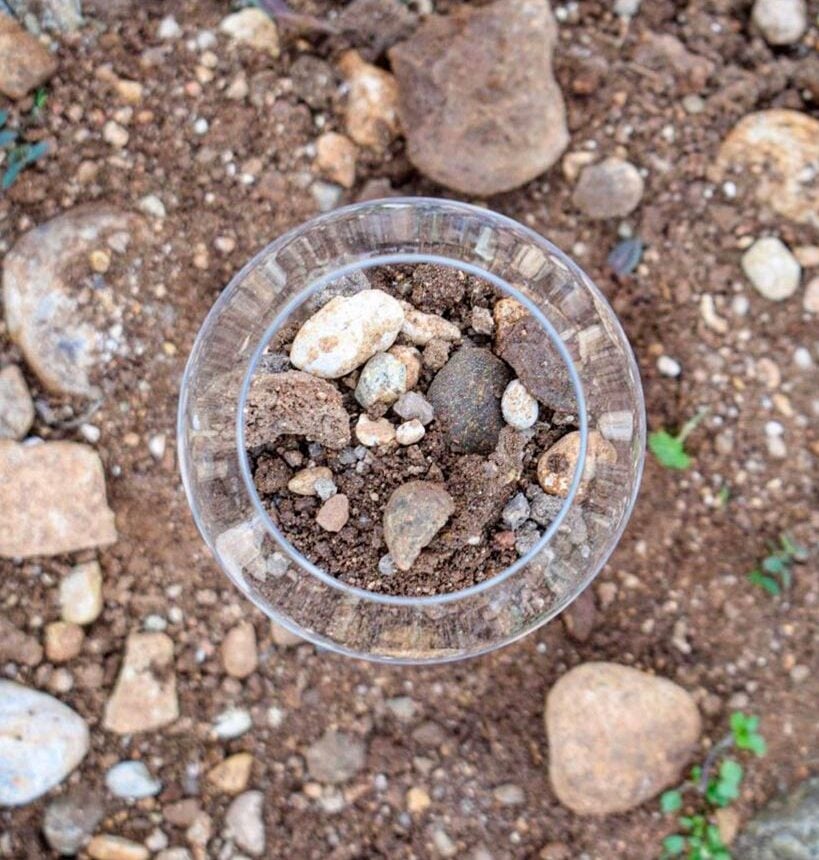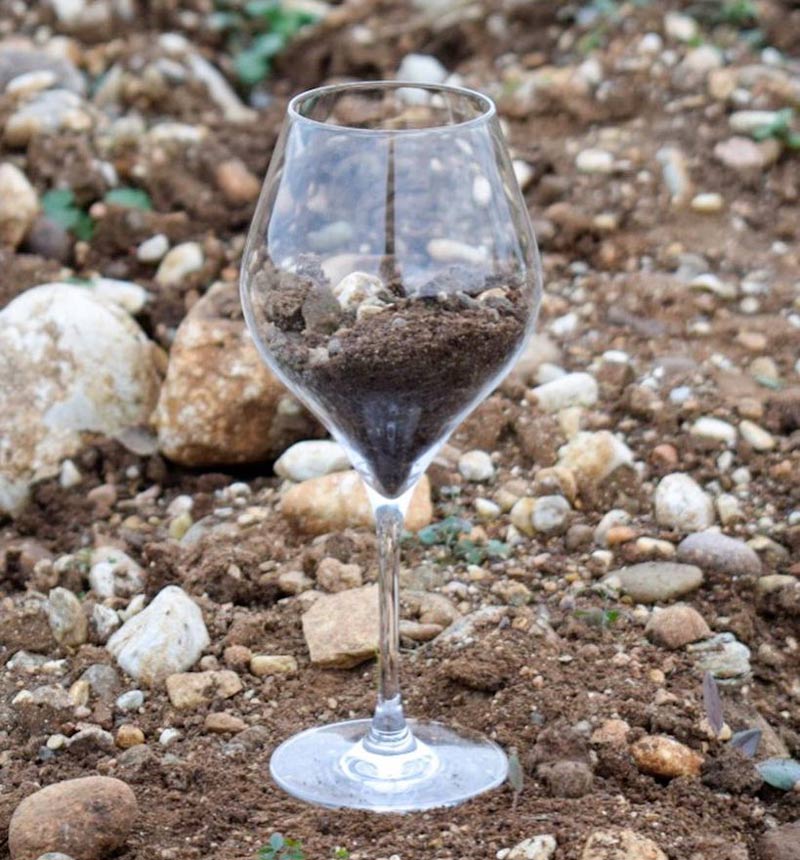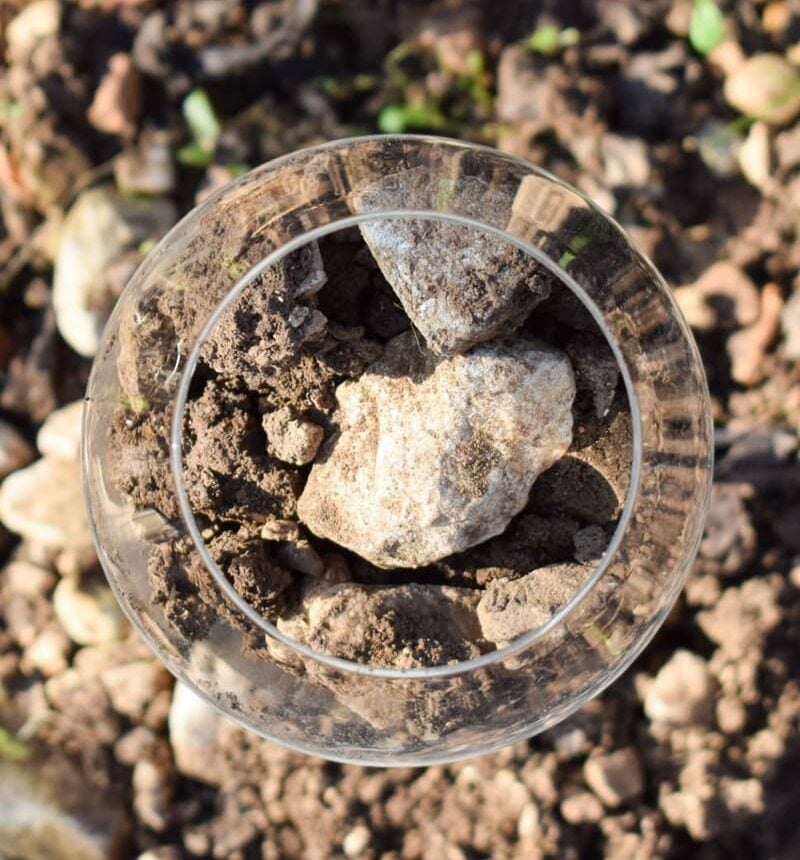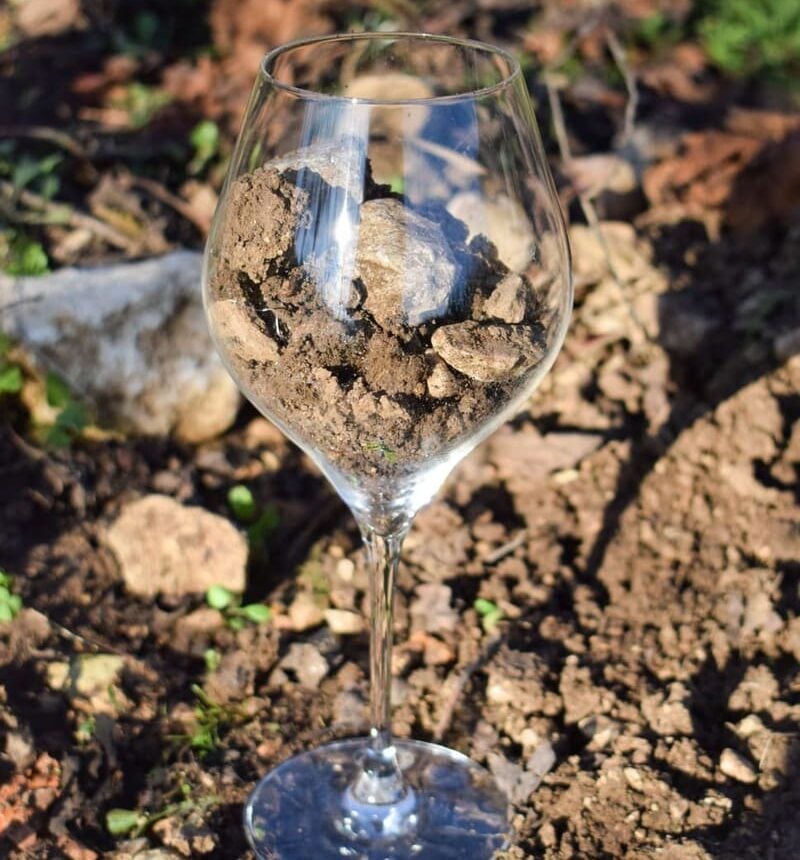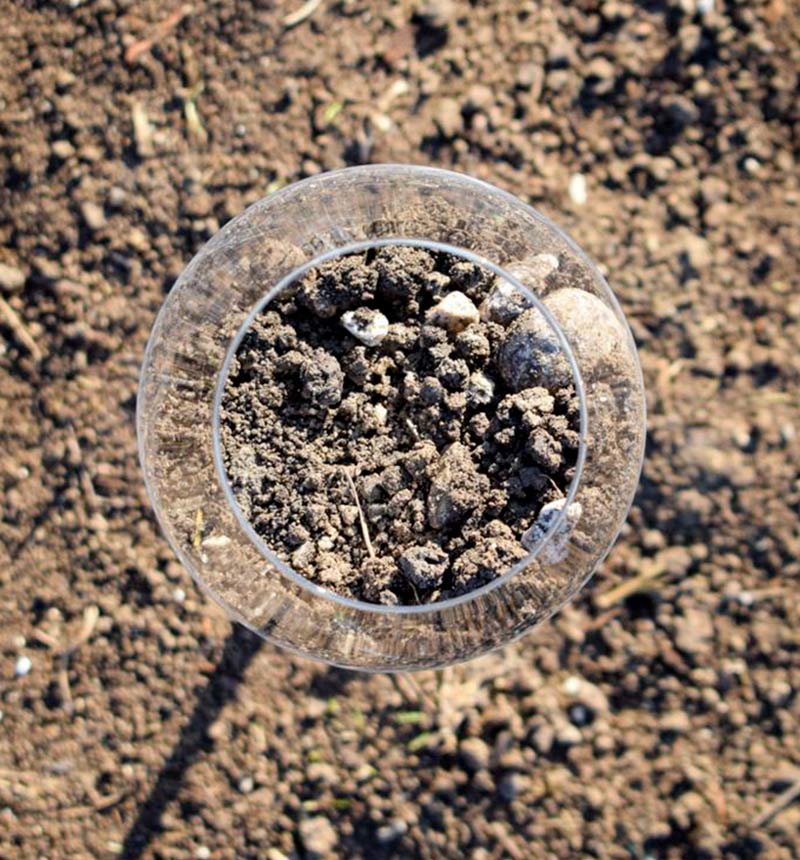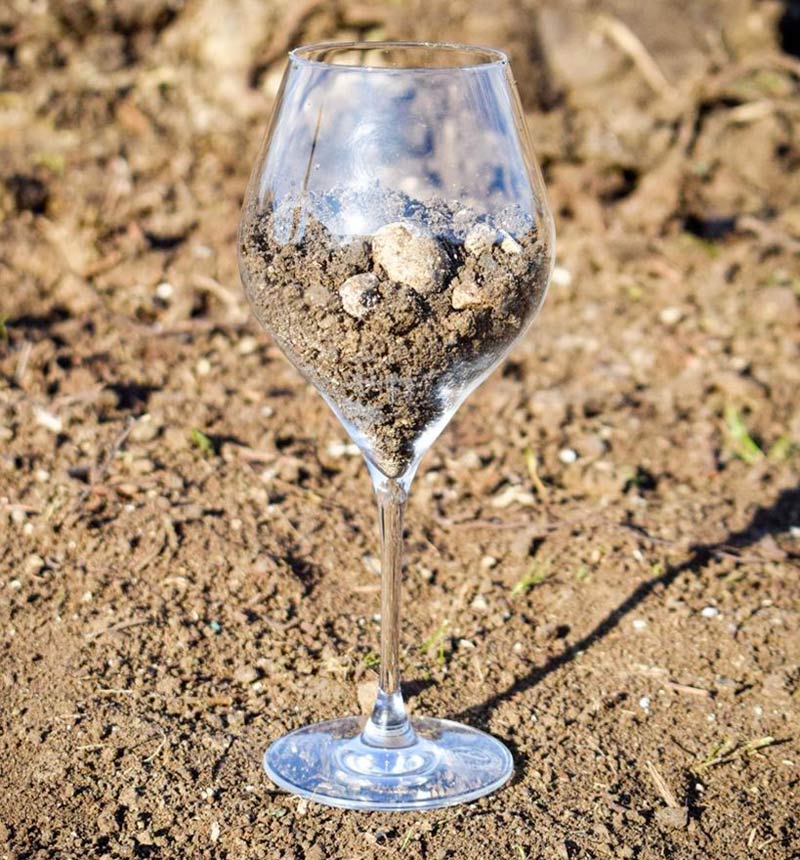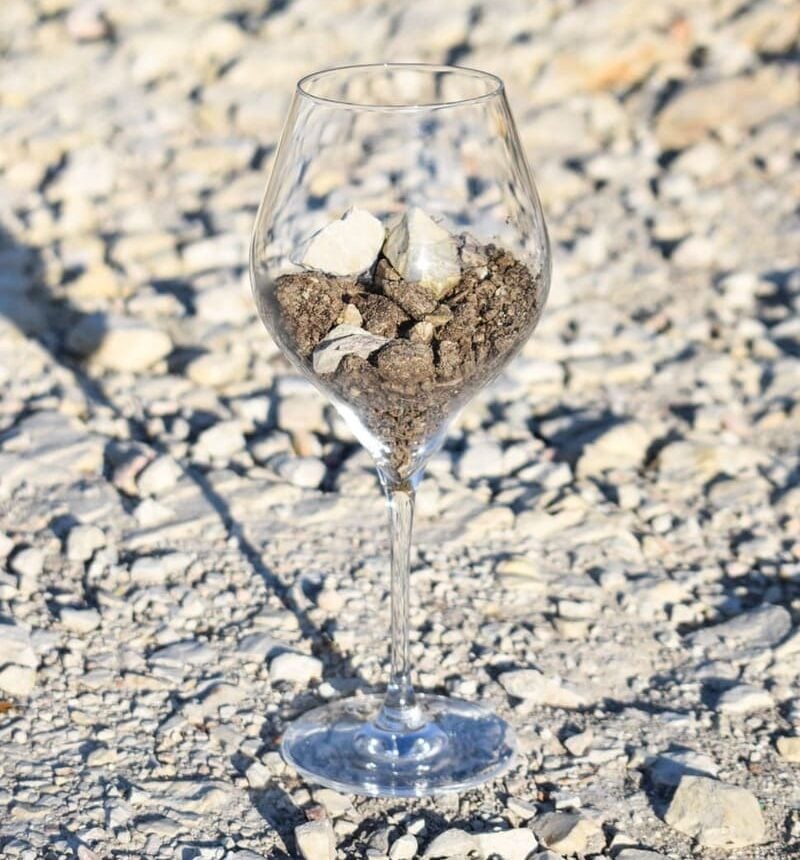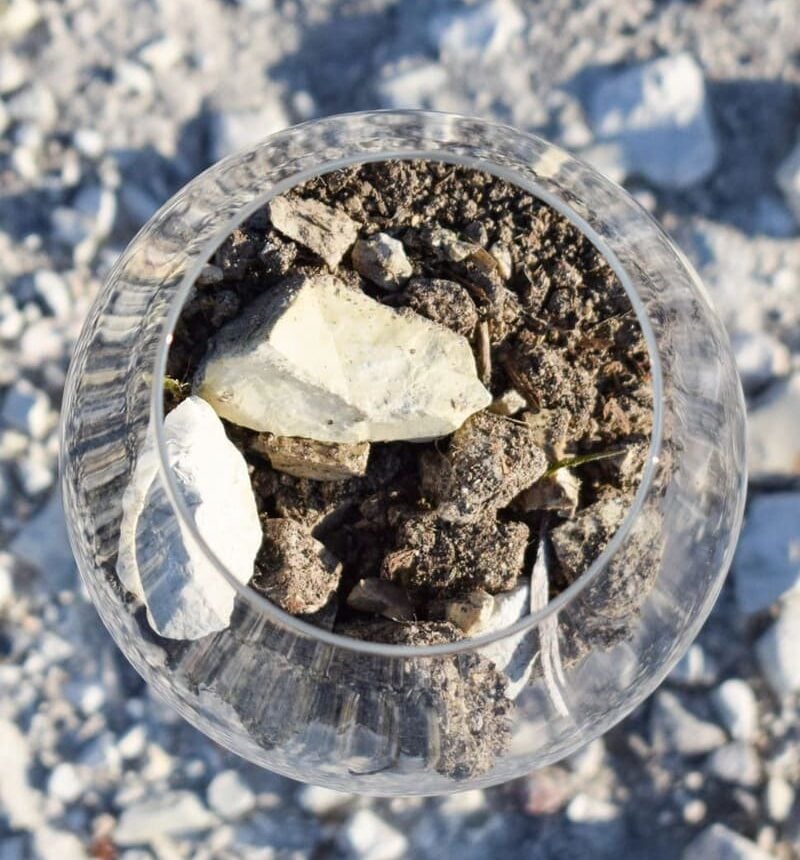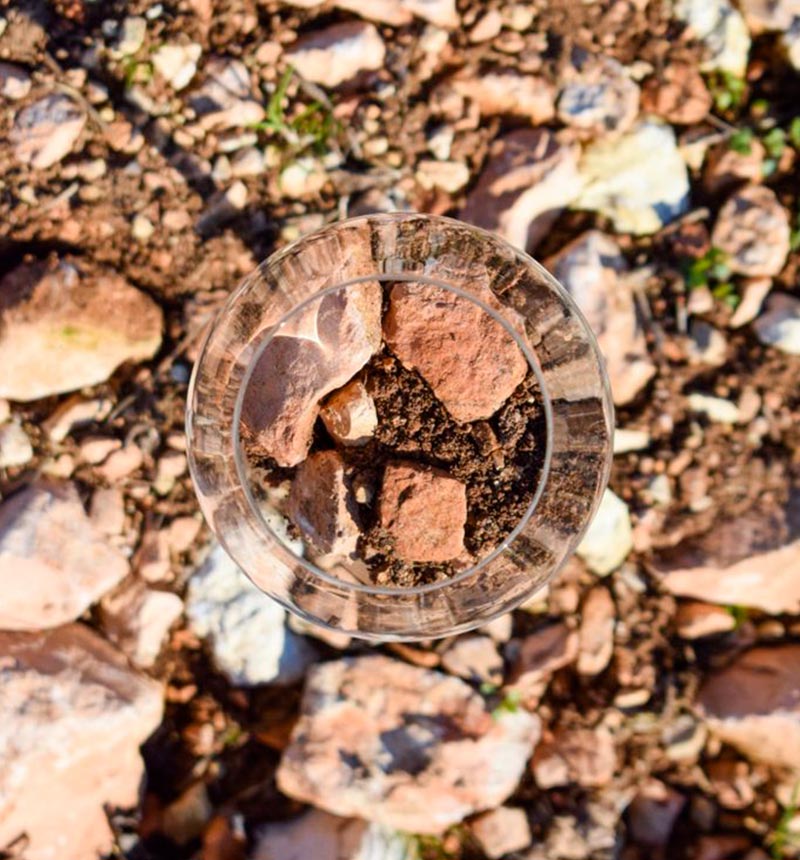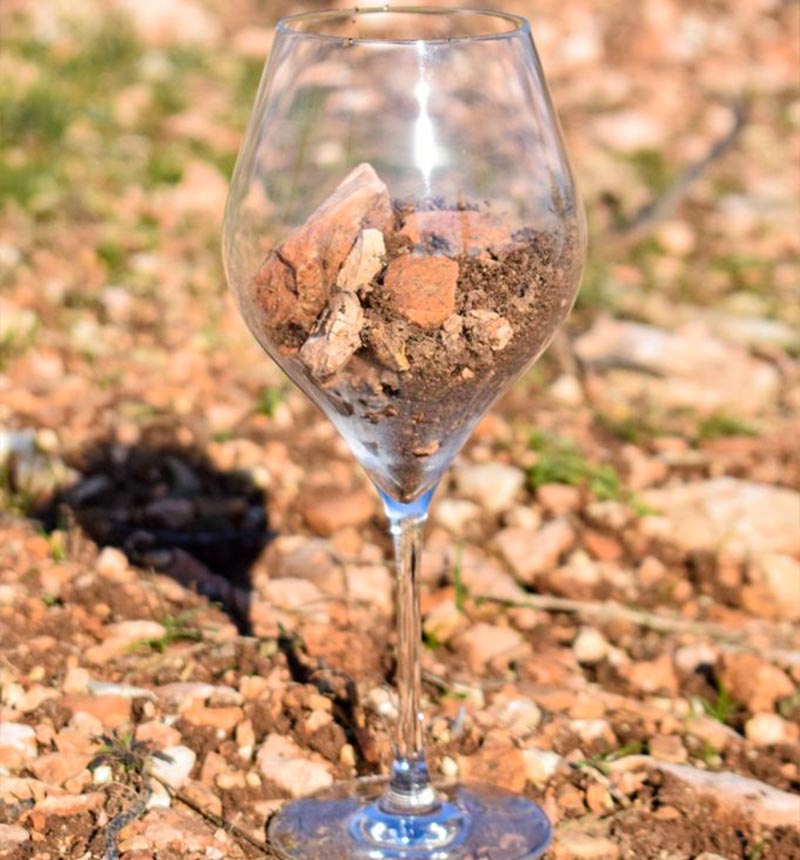SOILS
According to the Veneto soils map provided by ARPAV (Regional Agency for Environmental Prevention and Protection of Veneto), there are different macro-categories of soils in Valpolicella, which are related to various morphological, lithological and bioclimatic features.
SOILS OF THE PLAIN OF THE ADIGE
The alluvial plain of the Adige river coincides with the south-west area of the appellation. These soils have a very high explorable depth, with an increasing texture along the profile, from moderately fine to coarse, with abundant skeleton. Soils poorly calcareous on the surface, but very calcareous in depth. Active limestone 2-5%.
ALLUVIONAL SOILS - MEDIUM AND LOW COURSE OF LESSINIAN STREAMS
Alluvial soil present in the medium and low course deposits of the various streams, where the valleys become wider, the waters have been able to wander with less speed and the deposits have medium to fine grain sizes. They are also extremely calcareous, moderately alkaline and have a very high depth that can be explored from the roots (> 150 cm). The drainage in these soils is good and the water is removed promptly. Active limestone 3-10%.
CALCAREA MATRIX SOILS (RED SCALE PREVALENCE)
Another typical soil of the ridges of our hilly areas with characteristics common to the marly limestone tending to the white color already described. The peculiarity of this soil is the greater presence of Scaglia Rossa which gives the typical white-pink nuance. Common are the characteristics of moderately fine texture with abundant limestone skeleton, good drainage, moderate portion (<100 cm) that can be explored by the roots and active limestone of 10-20%.

